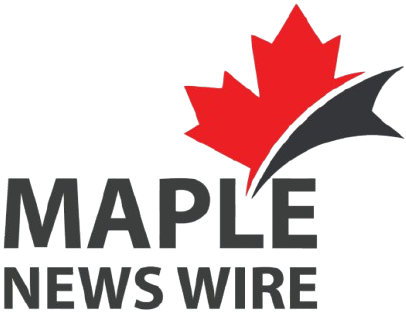Hoverlink Secures Key Toronto Dock, Nears Launch of Fast Hovercraft Service
An innovative Ontario company, Hoverlink, is making waves with plans to launch North America’s first large-scale hovercraft transit system between Toronto and Niagara. The company recently secured its docking site at Billy Bishop Airport in Toronto, clearing a major hurdle toward offering a transit option that promises to slash travel time across Lake Ontario to just 30 minutes.
This new route is poised to transform travel in the region by cutting journey times by up to 90% compared to driving or public transit. Hoverlink’s hovercrafts will carry up to 180 passengers per trip, operating year-round and regardless of weather conditions.
A Game-Changer for Commuters and Tourists Alike
Chris Morgan, Hoverlink’s founder and CEO, describes the service as “connectivity without congestion.” With over 279,000 single-passenger rush hour trips crossing the Burlington Bay James N. Allen Skyway Bridge daily-72% of which are Toronto-bound commuters-the hovercraft service could remove more than 8,000 vehicles from the busy Queen Elizabeth Way (QEW) every day.
This reduction in traffic congestion not only benefits daily commuters but also supports environmental sustainability by significantly lowering greenhouse gas emissions. Each hovercraft trip is expected to consume about 200 litres of biodiesel, cutting CO₂ emissions by 99% compared to car travel.
Unlocking Economic and Tourism Potential Across the Golden Horseshoe
Hoverlink’s service is designed to serve up to three million passengers annually, opening new doors for economic growth and tourism in the Golden Horseshoe region. By providing a fast, reliable, and sustainable transit alternative, the company hopes to revitalize connections between Toronto and Niagara, two major tourist hubs.
The route will operate up to 48 trips daily, with travel speeds reaching 100 km/h over water, land, or ice. The Niagara docking site in Port Weller, St. Catharines, is already shovel-ready, and construction in Toronto is expected to follow soon.
Challenges and Outlook: Affordability and Infrastructure
While the technology and route feasibility are promising, experts caution that ticket pricing will be critical to the service’s success. University of Toronto transportation expert Baher Abdulhai notes that affordability will determine whether Hoverlink appeals broadly to commuters or remains a niche tourist option.
The company has yet to announce exact fares but promises competitive pricing comparable to current transit costs between Toronto and Niagara. Manufacturing the hovercrafts is expected to take 18 to 24 months, with service launch contingent on final approvals and infrastructure completion.
Hoverlink’s ambitious project could redefine regional transit by offering a speedy, eco-friendly alternative to congested highways. As Toronto and Niagara prepare for this futuristic connection, travelers eagerly await a new way to cross Lake Ontario in just half an hour.




